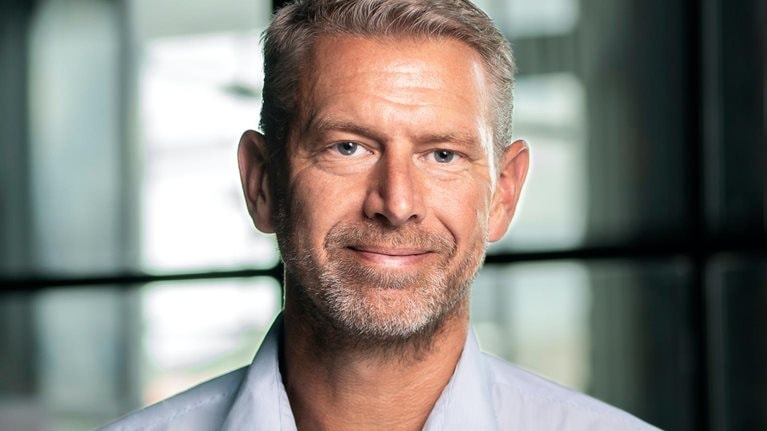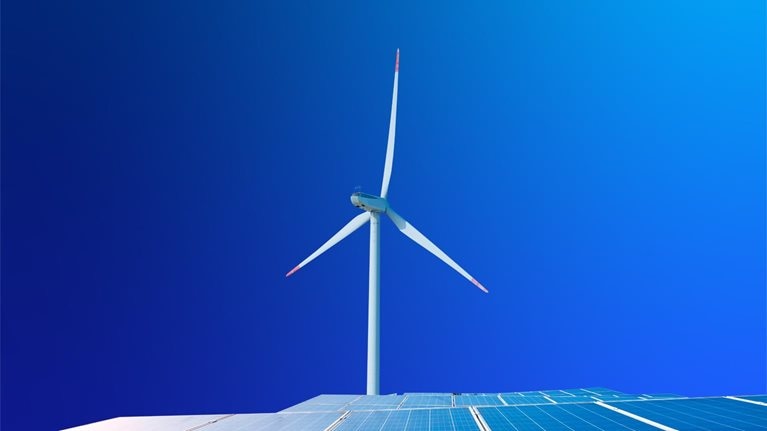The green business scale-up race is on—this was evident at McKinsey’s recent Green Business Building Summit in Stockholm, where more than 500 green business leaders met to discuss the challenges and solutions for rapidly scaling climate technology. It’s good news, but still the pace isn’t fast enough to achieve net-zero emissions by 2050 globally. More fast-scaling green companies will be needed to reach decarbonization goals.
With this hyperscaling in mind, participants at the summit were asked, “How can green businesses keep scaling while also differentiating themselves from the increasingly intense competition?” McKinsey identified a clear theme: “out-execution” in critical areas is vital.
Henrik Henriksson, a keynote speaker at the summit, chatted to McKinsey senior partner Tomas Nauclér in this interview and shared his experience of scaling up H2 Green Steel and out-executing in one of the hardest-to-abate industries.
Here you can watch Henrik share his experiences, or read an edited version of the conversation.
Tomas Nauclér: Please tell us more about H2 Green Steel, why you started the company, and why green steel is important?
Henrik Henriksson: H2 Green Steel is a green-impact start-up company that we established two years ago. We address hard-to-abate industries and have started with the steel industry, which represents 10 percent of global CO2 emissions. We’ve built the first green value chain: we produce our own green hydrogen using green renewable energy, utilize that to produce green iron, and then either ship the green iron to existing steel companies or use it in our own steel mill to produce green steel. The whole process removes roughly 95 percent of CO2 emissions compared to the traditional method of producing steel.
Our first project is in Boden in northern Sweden. It’s a €5.5 billion project, and we aim to scale its platforms and use them as a blueprint in new geographies around the world. We already have a few other projects that are in early phases. We would also like to use our knowledge and understanding to help other industries decarbonize and provide them with green hydrogen.
McKinsey: What is your formula for scaling up?
Henrik Henriksson: We work with modernization principles to make sure we can reuse our three well-defined technical platforms (green hydrogen, green iron, and green steel): we have tailor-made the process, using digitalization as a tool, created a blueprint, and then copied and pasted to our new projects. We aim for each project to take half the time and half the cost of the previous one, and keep reducing those figures as we move forward. We also try to drive down capex in each project—aiming for a 15 percent reduction—by using new learnings, better technology, and better cooperation with different partners.
Speed is an important part of our strategy and our success. We must be able to keep up this momentum and reuse our knowledge. It’s like building a factory as a product, while mastering the running of big projects in parallel—with maybe 5,000 people involved in each project at multiple sites around the world. We need to listen to our customers. They might say, ”It’s great that you’ve given us a supply chain in Europe, but we happen to be a global car manufacturer with factories all over the world; we need you to follow us.”
Our Boden project is an example of how scaling works in reality—it took us four months to complete with roughly 40 people working fulltime. When we did the same work for our next site in Portugal, it took us four weeks with five people. That shows the kind of scalability that is possible. Incumbent companies doing big industrial transformations achieve a product like this maybe every 15 to 20 years; we aim to do one every year. This level of scaling is a core competence that will enable us to roll this out.
McKinsey: You’ve managed to raise a large amount of funding before beginning production. What’s the key to hitting these milestones?
Henrik Henriksson: We don’t have a balance sheet, or an income statement, or sales—so how have we raised a big amount of funding? A key element has been to try to bring the customers with us into the project. They commit to us—not only us as a company, but also to the green steel and other products that we deliver. We’ve pre-sold half of our production to first-moving customers in different industries, especially the automotive industry with customers such as BMW and Mercedes. We then use those contracts as collateral for debt funding.
Another success factor has been working closely with banks to make sure that we deliver on their list of conditions. That’s quite a lot of hard work.
On the equity side, it’s important to find investors who wish to support this type of industrial transformation—usually this is a mix of venture capital, private equity, and product financing. There are a couple of first movers with big pockets who understand this. We really hope that more will come to view this as an opportunity for investment.
McKinsey: How is the economy affecting your approach?
Henrik Henriksson: Raising a lot of capital in this environment is a challenge in general. The interesting thing, though, is that the green-steel business case has strengthened relative to brown steel and this helps us attract capital investors. This is because we use renewable energy instead of gas, and gas prices have gone up.
McKinsey: How do you build trust to secure the prepurchase agreements with customers?
Henrik Henriksson: We put a lot of effort into understanding our clients’ own target market—our “customer’s customer.” How they tick, what their income and balance sheets look like, what problem we can solve for them. We also consider segmentation—we only approach customers who have signed up to science-based decarbonization targets, because we know they’ve made a commitment to Scopes 1 and 2, and upstream, Scope 3.1 They’ve done their homework; they know what we’re talking about. Finally, we only engage with customers where we have access to the CEO so that we can anchor the vision at the top. It’s difficult to get the message through without the commitment of the CEO.
McKinsey: Green steel is going to be sold at a premium. How do you ask your customers not only to trust you, but also pay more for your product?
Henrik Henriksson: Yes, green steel will come at a higher price, around 25 percent above traditional steel. But we’re moving away from commodity-based pricing to more value-based pricing—trying to understand what the value is for our customers. Willingness to buy green steel has increased: it’s a way for customers to secure a scarce material for the future early in the process, and to get a good commercial deal. Green steel’s price is very much correlated with the price of carbon today, so the commitment from our customers comes with their notion that the price of carbon will rise, step by step, every quarter.
McKinsey: What critical capabilities do you need to out-execute other companies as you scale?
Henrik Henriksson: Our number one core capability is to build a very strong company culture, based on sustainable values and principles, that will attract the right talent. We also need to engage the right partners, because everything we need to do is in partnership with customers and technology providers—and hopefully also with industry peers as they get going on their energy transformations. Another core capability is to find the right locations where there is renewable energy in surplus, as our customers are asking for 100 percent renewable energy. And third, these types of greenfield projects give us a strong, competitive cost position, because we build new, modern, optimized, digitalized, and automated projects. This gives us a resilient cost position going forward, with both low-energy and low-production costs.
McKinsey: Is there anything that you would have done differently, looking back to when you started H2 Green Steel?
Henrik Henriksson: We could have engaged with our partners at an earlier stage, clarified different roles and expectations. And maybe we waited too long to bring critical competencies into the team. It was a learning process for us and our partners—and we’ve managed to create a blueprint together.
McKinsey: What tips could you pass on to other green companies looking to scale up?
Henrik Henriksson: Speed, scaling, financing, and ambition are the most important factors. Prioritize speed before synergies and make sure that you build an organization that is constantly able to move. Then look at scaling platforms—work out how you can define and fine-tune them, challenge business models, and so on. When it comes to financing, invest time in, and work closely with, both debt and equity to create a funding structure that can scale onto other platforms, and derisk the project from the beginning. Sustainability and profitability go hand in hand. That’s how you build a resilient company, whether you’re an incumbent or starting from scratch.

